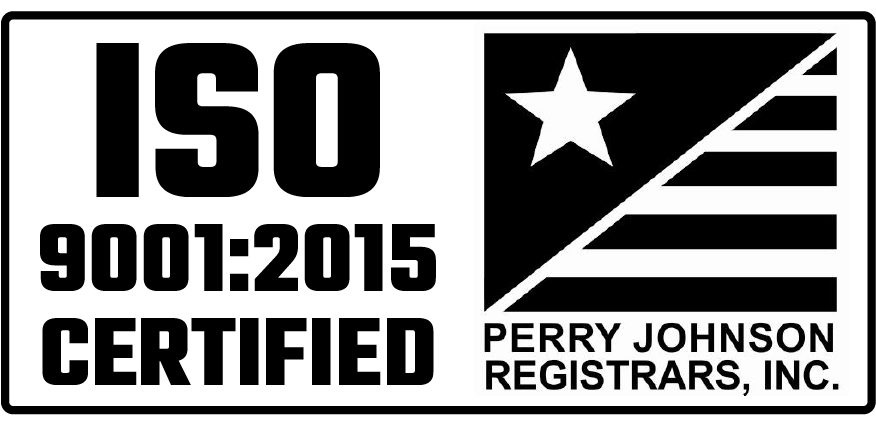Many manufacturers rely on a supply chain to fulfill at least some of their production needs. These days, it’s rare for an OEM to produce 100% of its products in house. While there’s a certain level of pride in doing so, it’s not always in the company’s best interest – or that of its customers.
In regards to electrical and mechanical assemblies, there are several considerations when deciding whether outsourcing will benefit your organization. Examine each of these areas to help determine if outsourcing is the most practical decision for you.
1. Inventory Management
Material handlers in many manufacturing warehouses spend considerable time tracking, picking and distributing parts. When assemblies are built in house, the vast amount of part numbers means more time spent managing inventory, and there’s increased potential for errors and excess or depleted supplies. When a supplier ships a completed electrical assembly, there’s only one part number to deal with, improving efficiencies for your inventory personnel.
2. Equipment and Technology
The capital investment to purchase the latest equipment and technology necessary to successfully build an electrical or mechanical assembly is cost-prohibitive for many organizations, especially if the particular cable requires specialty applications or smaller, shorter production runs. With advanced assembly technology changing at a rapid pace, it’s difficult for a company to keep up with the required upgrades and maintenance, making it impractical for many. It’s often more economical to rely on a supplier that specializes in making assemblies and keeps up on the latest equipment and technology innovations.
3. Skilled Labor
The expertise required to engineer, design and manufacture assemblies requires highly specialized skills and insights about the latest best practices, advances in the industry, knowledge about which wiring materials will meet strict regulations and properly transmit power supplies, technical troubleshooting abilities and much more. When you work with a qualified subassembly supplier, your workers are able to focus on their core competencies. You’ll not only have a happier workforce, you’ll have a more reliable and higher quality end product.
4. Production Time
The speed at which your products get to market can position your company as an innovative thought leader – or an aspiring follower. If your facility is not equipped with the space, equipment or skilled labor, the time to build your electrical assemblies in house will inevitably take longer. A supplier has the infrastructure and talent to respond quickly, and has efficiencies and processes in place to speed production. It’s also important to note that choosing a domestic supplier over an offshore producer can also significantly reduce wait times and help you gain a competitive advantage.
5. Risk Factors
When assemblies are produced in house and issues occur, such as faulty displays or decals, incorrect routing, improper power supply, etc., your company is financially responsible for the materials and labor required to replace those components. In addition, your engineers and designers will end up having to scramble to identify the problem and rectify the situation. You can mitigate that risk by outsourcing so that if there are issues, the supplier is held responsible. A good supplier, however, will conduct ongoing performance tests throughout production and test 100% of its products before items ever leave their doors.
6. Total ROI
Determining the return on investment for building electrical and mechanical assemblies in house rather than outsourcing requires more than merely calculating raw materials and labor. There are multiple factors that should be considered to provide a more accurate view of the total cost. Consider the following associated expenses when performing your cost analysis:
- Equipment — and its related maintenance
- Technology — purchasing and performing upgrades
- Overhead — extra utilities, insurance, benefits, etc.
- Factory floor space — building assemblies requires a lot of square footage
- Training and education — keeping workers up to speed on latest innovations
- Material handling — dealing with multiple part numbers and inventory
- And more
When an organization forecasts all the associated costs for producing electrical assemblies, most are surprised to realize that any savings they projected are consumed by these miscellaneous expenses.
Investing in a supplier to handle your subassembly needs provides opportunities for you to invest more in your people and focus on core competencies. At MCL, we enjoy the challenge of creating customized electrical and mechanical assemblies, and we invest in our highly skilled workers and the latest technology to provide our customers with the best product possible. If you’re ready to reap the benefits of outsourcing your assembly needs, reach out to us here at MCL. We’d love to talk more!





